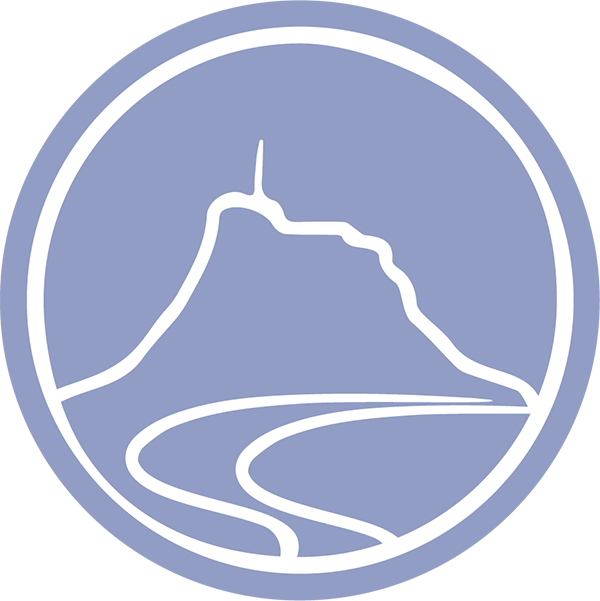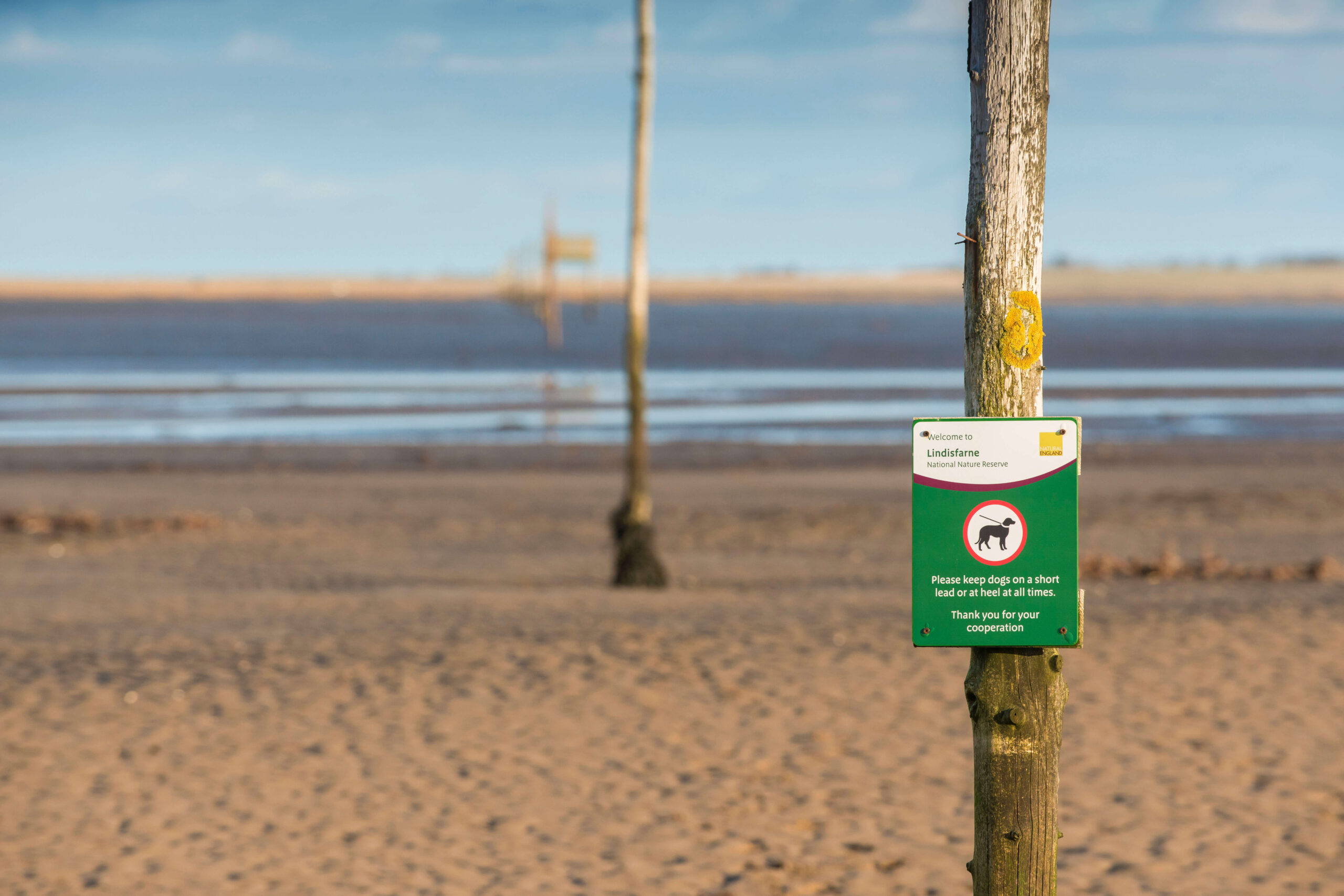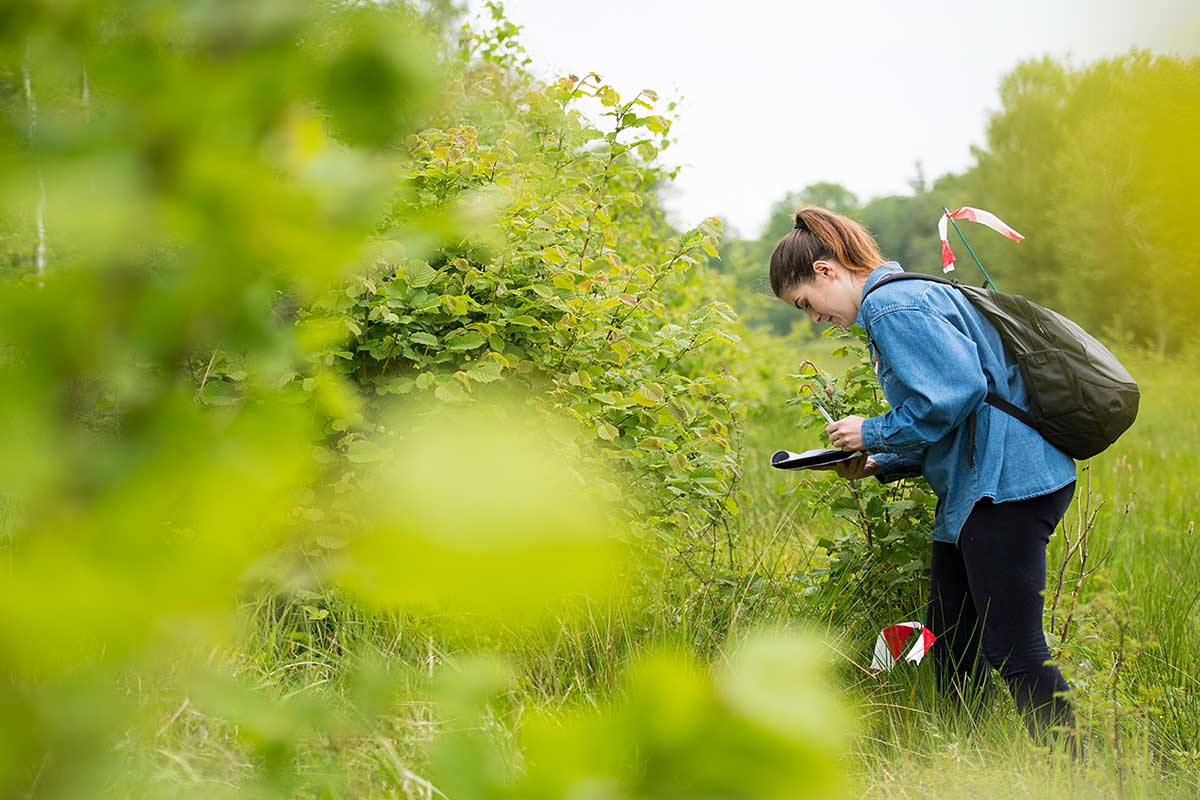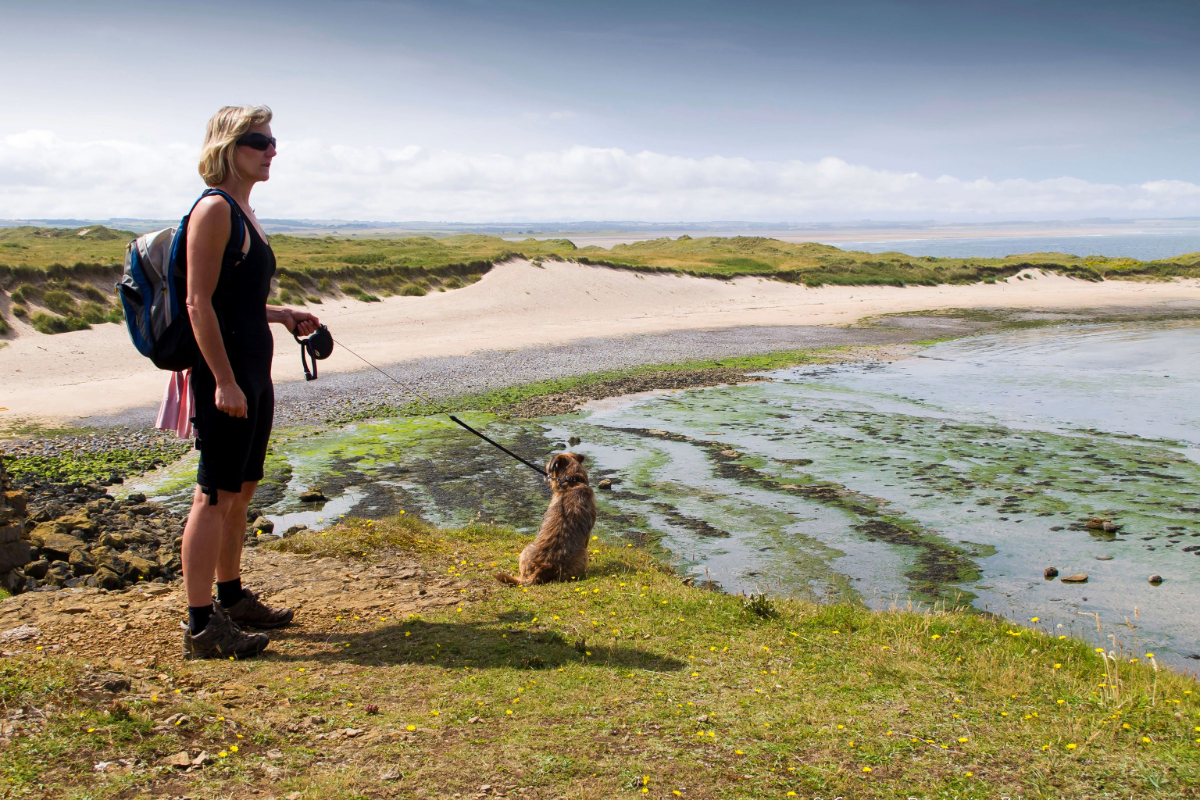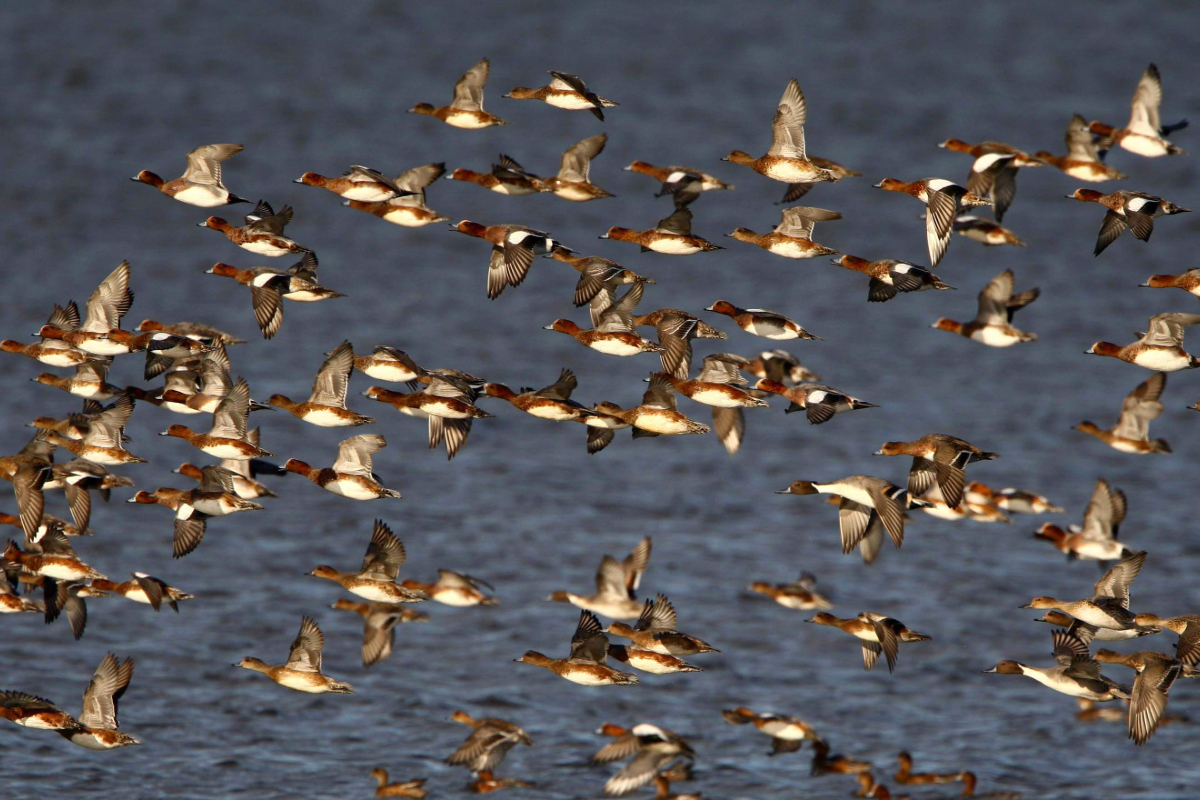Visitors are very welcome at Lindisfarne National Nature Reserve and on the Northumberland Coast. This is a spectacular place to discover, full of natural wonders. However, the wildlife here can only survive if given space and shown respect. Your actions can help make this special place thrive. Know where you are and what rules are in place – these can vary along different parts of the Northumberland Coast, and there are seasonal access restrictions. Please check local signage. Friendly staff and volunteers can help with all your queries and will love to tell you more about the wildlife and landscape.
One way you can help minimise your impact on the Environment is by following one of our Nature Trails, designated routes for exploring the Reserve.
Click here for a self-guided circular walk which takes you through eight posts highlighting different aspects of the Reserve. It is three miles long and takes 1.5-3 hours, depending on your pace. It takes you from the harbour along the castle, then to the Lough and the edge of the dunes, returning through Straight Lonnen.
To download the walk leaflet, click here
For a guide to the wildlife you can spot, click here
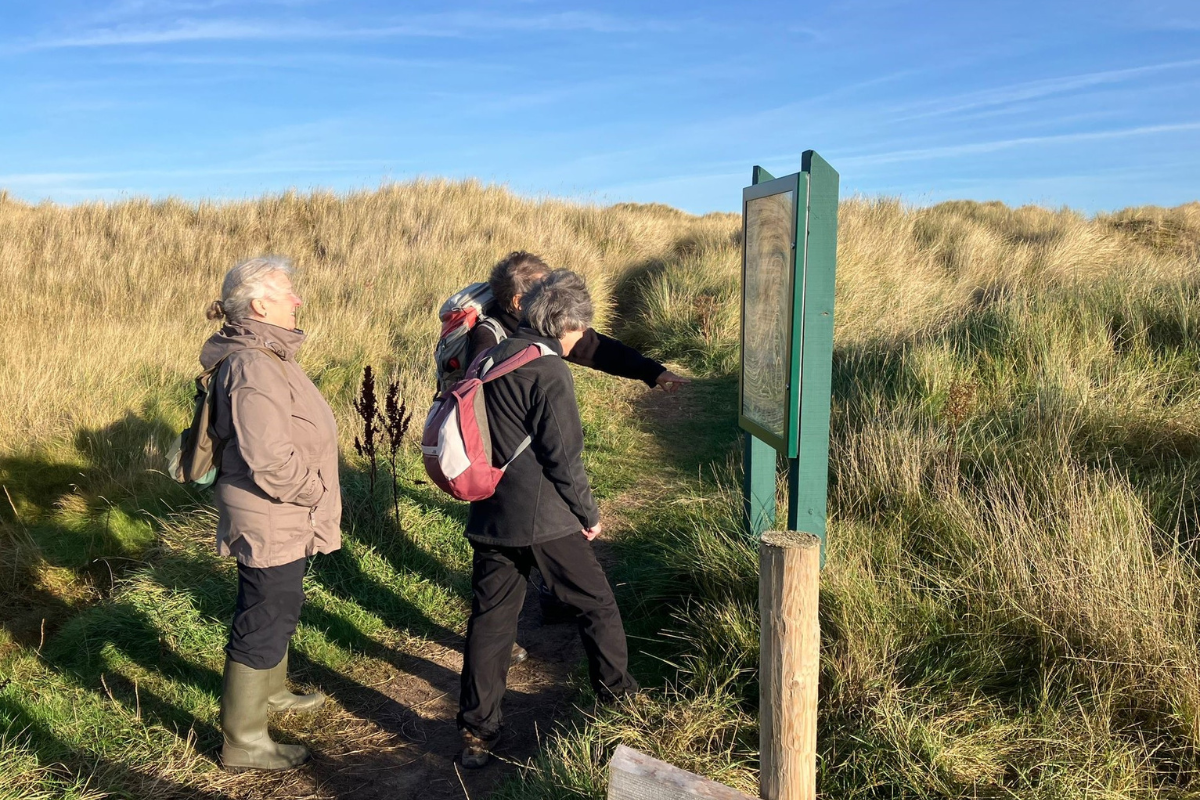
Give all wildlife space to feed and rest (we suggest at least 100m). The birds here have travelled incredible distances and are exhausted. If they fly off, then you are already too close. A bird in flight can’t feed at all! In spring and summer any disturbance can result in birds abandoning eggs or chicks and disrupt feeding and resting activity; in winter it can cause death.
Please use the hides – at the Lough on Holy Island, at Fenham-le-Moor and Elwick. Observing wildlife from within the hides minimises disturbance to the animals and other site users. Optimal views of birds can be achieved by visiting the hides on an incoming tide.
Click here for the full birdwatcher’s code.
When birds or seals raise their heads or make a distress call it’s a sign of alarm. If this happens move away and view from a distance.
Listen to distress calls:
Give fenced areas a wide berth. This may mean no dogs or people are allowed. (These can change year by year, depending on where the birds choose to nest). Remember birds also nest, feed and roost outside these areas.
The Reserve is Open Access; however, at certain times of the year we may restrict access. Restrictions will generally be in place to help sensitive areas with important wildlife and species such as bird breeding areas in the spring and summer. Any restrictions will be clearly signposted and if you have any queries – just get in contact and we will be happy to help.
Avoid trampling on delicate flowers and nesting birds. Whilst walking in the dunes and shore, always keep to existing paths and desire lines. This will reduce disturbance to ground nesting birds and the likelihood of coming into contact with pirri-pirri bur.
We know dogs love to play, but birds and seals see dogs as predators and have a strong flight reaction as they would to a fox or wolf. Please observe signs and put your dog on a lead before you reach the site. Within the Lindisfarne National Nature Reserve, and at the Long Nanny shorebird site, dogs must be kept on a short lead or at heel at all times. Never let dogs chase birds or seals – this may seem harmless and playful but could cause serious trauma or even death.
You could use binoculars or a camera zoom and please avoid flash photography. Click here for the full Photographer’s Code.
Seals are easily disturbed, which can cause them injury or to abandon pups. Their bite can be very harmful to dogs and humans – keep at least 100m clear.
Bicycles aren’t permitted as they can cause damage to sensitive areas. There is a Sustrans route running parallel to the Reserve which has amazing views and takes you away from the busy roads. Holy Island: Berwick to Lindisfarne.
Camping and lighting fires are not permitted anywhere on Lindisfarne National Nature Reserve or on National Trust land. Any open flames may cause a fire. Please use official campsites adjacent to the Reserve. All habitats on the Reserve are important for rare and endangered species and camping can damage areas which they rely on to survive.
Flying drones is prohibited on Lindisfarne National Nature Reserve and National Trust land.
Beware invasive pirri-pirri bur – it is very spiky! Pirri Pirri is a non-native from New-Zealand and Australia, and was first discovered on Holy Island in the 1930s. This invasive plant spread easily, threatening the dune ecosystem, taking over areas of bare ground and competing with native plants. It is spread through burs which can stick to clothing as well as animals. Keep to the main paths. Check pet fur and clothes before you leave. Don’t take pirri-pirri bur to new places to grow.
Driving vehicles off road is prohibited.
Take your litter home and bin your dog waste. Take away only memories.
If you see anyone disturbing or damaging either the wildlife or habitat on the reserve, please call the NNR Manager on 01289 381470. (If there is no reply please leave a message, with as much detail about the incident as you can and including a 6-figure map reference if possible.)
![]()
